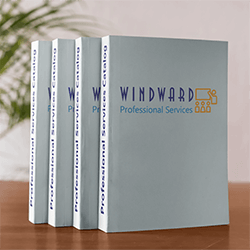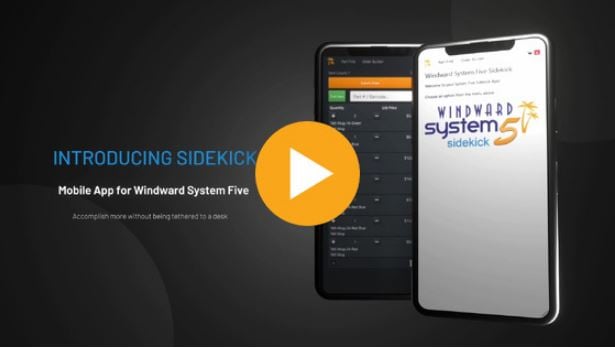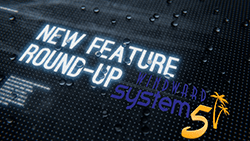If you receive this message, it means that there are outstanding invoice which are prior to the minimum book month. The applied payments are normally applied in the book month of the payment, however if the payment is prior to the minimum book month then the application of the payment is made in the minimum book month instead.
In the case of a return for an item originally sold on a charge invoice, normally the return is credited back to the account with a return charge invoice.
In the example below, there are two invoices that need to be applied against each other so that these invoices do not appear on statements or aging reports. There is also a further outstanding invoice from before.

To apply one invoice to the other, select the each invoice and press the [Pay Invoice] button on the Toolbar

Note that the Total Paid is Zero, the Total Due is the amount of the remaining outstanding Invoice.

When using the Pay Up to, or pay all functions with outstanding invoices, the system picks up all the credit invoices first and then start paying off the outstanding invoices. In the example above if you used these functions then invoice 021688 would get paid off fully, 021669 would be partially paid. In most circumstances this may be ok. However, if you had any dispute with the customer about which invoices have been paid and which ones had not, the account reconciliation would not agree with reality.
If you view the one of the above invoices it shows the following payment information on the Payments tab. In this case you can not edit the payment from the invoice because the payment affects multiple invoices. You must use the Payments on Account, Edit Payments section to edit this payment.





